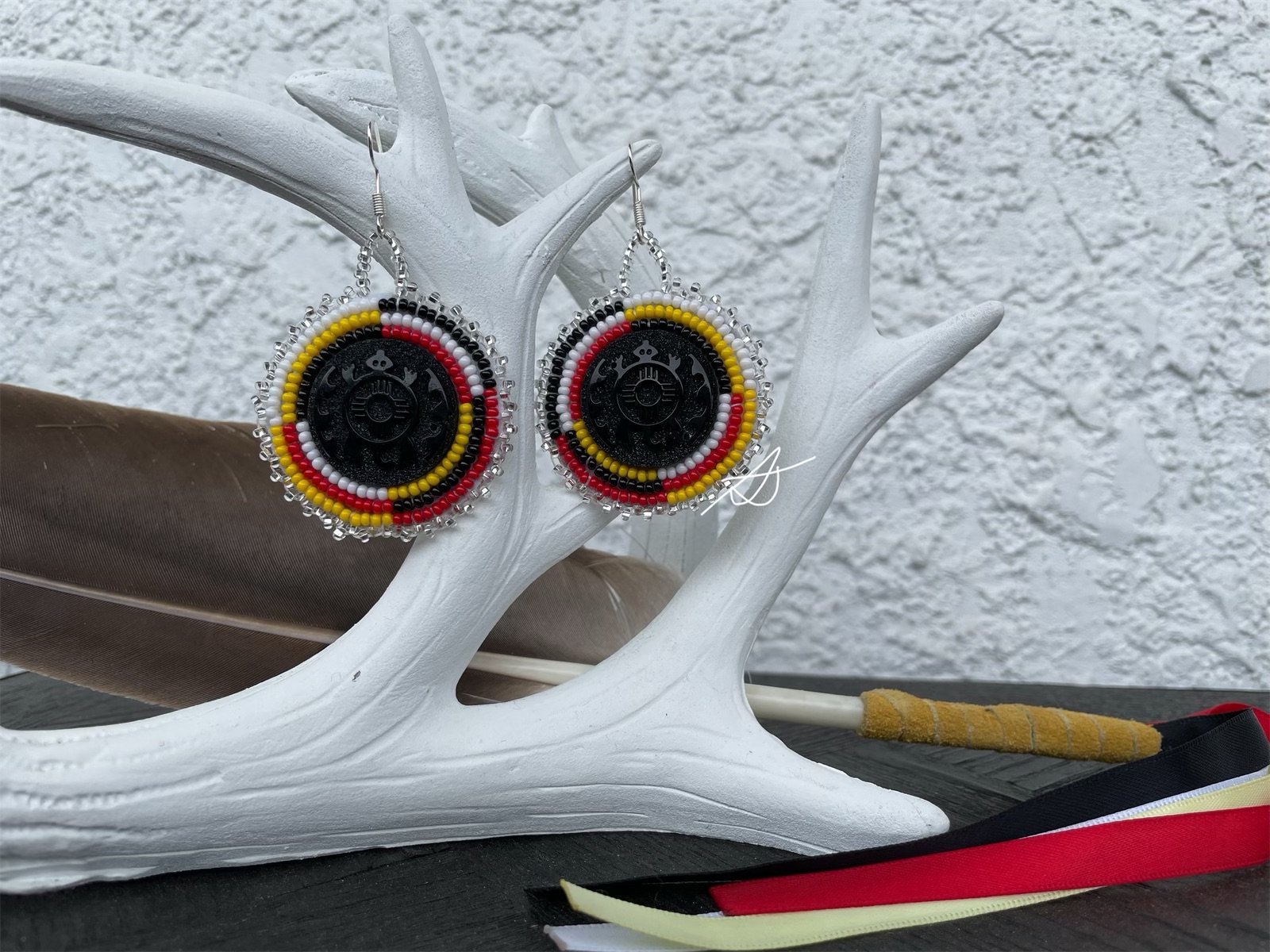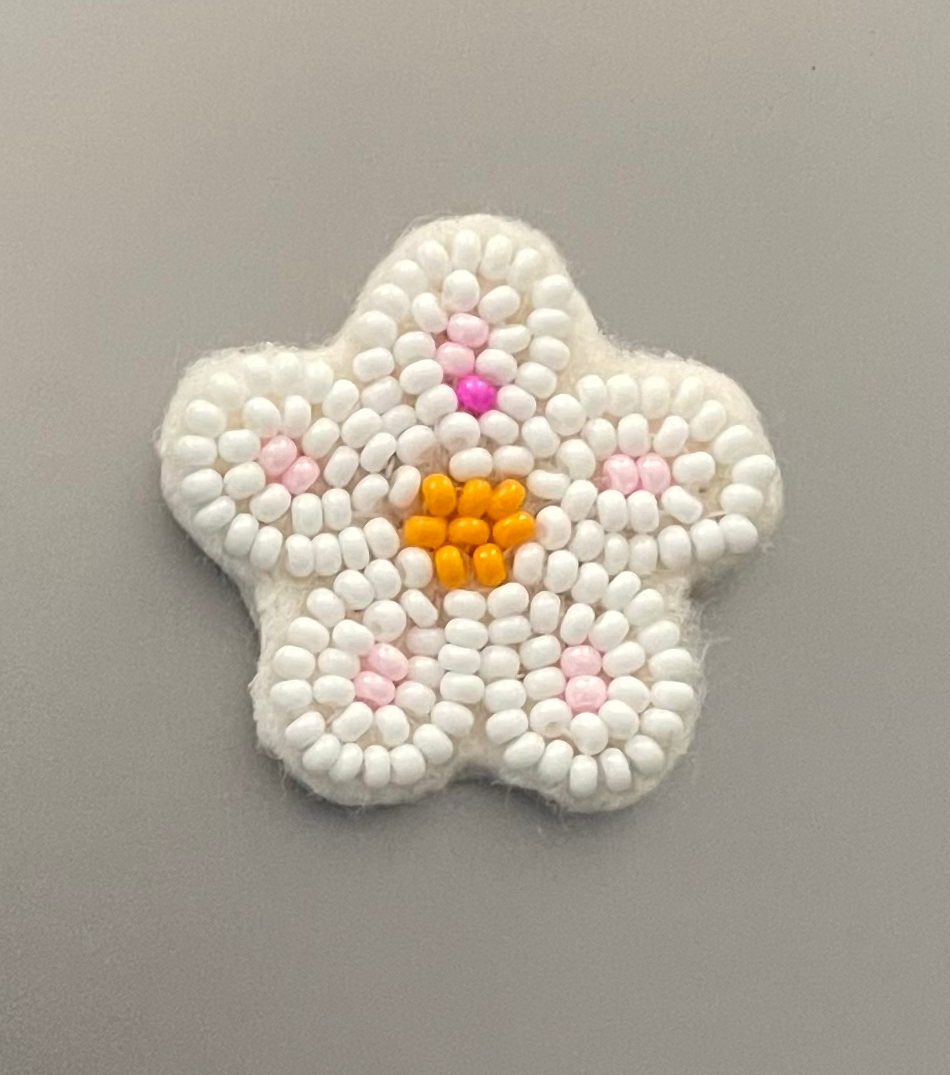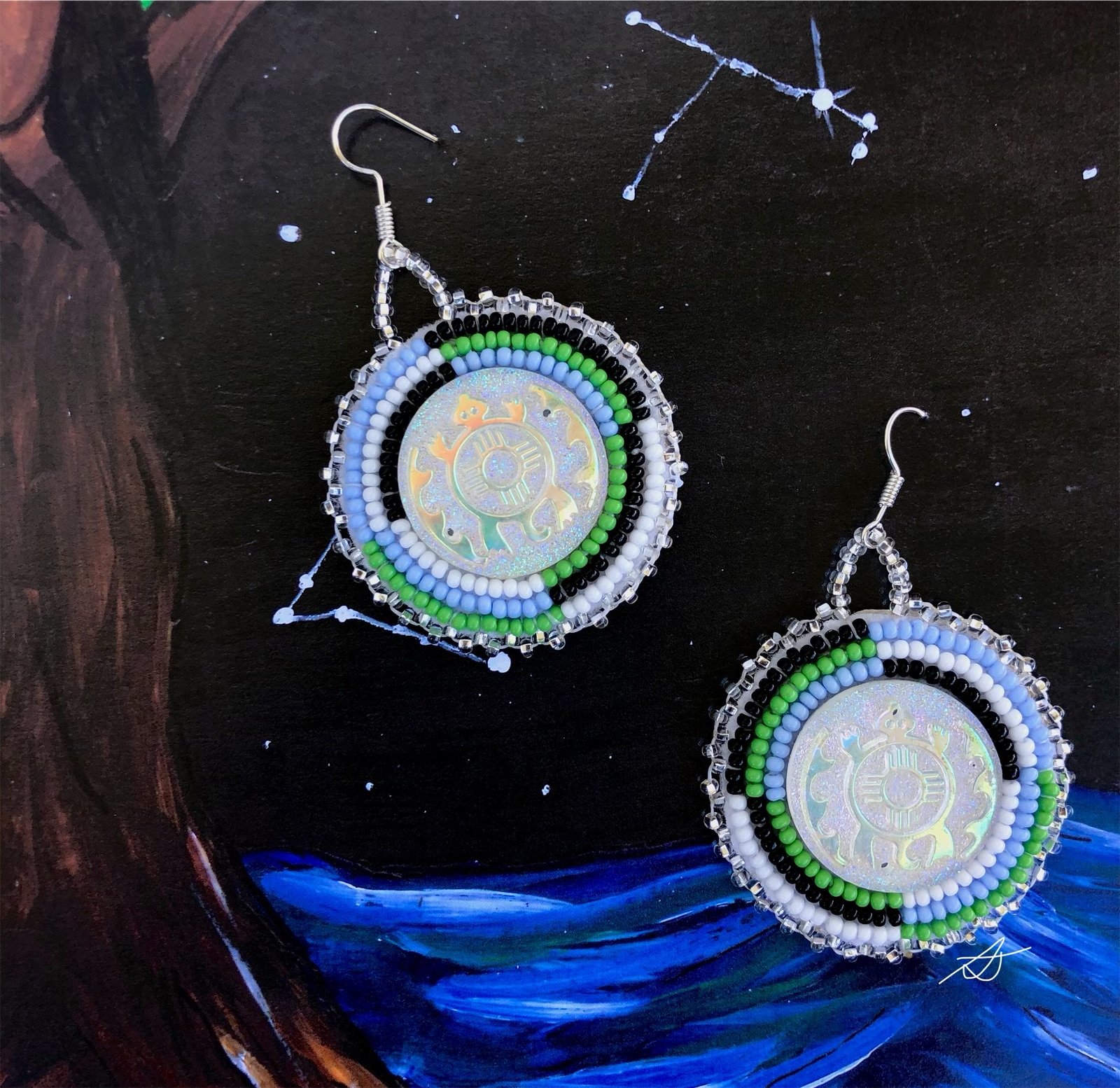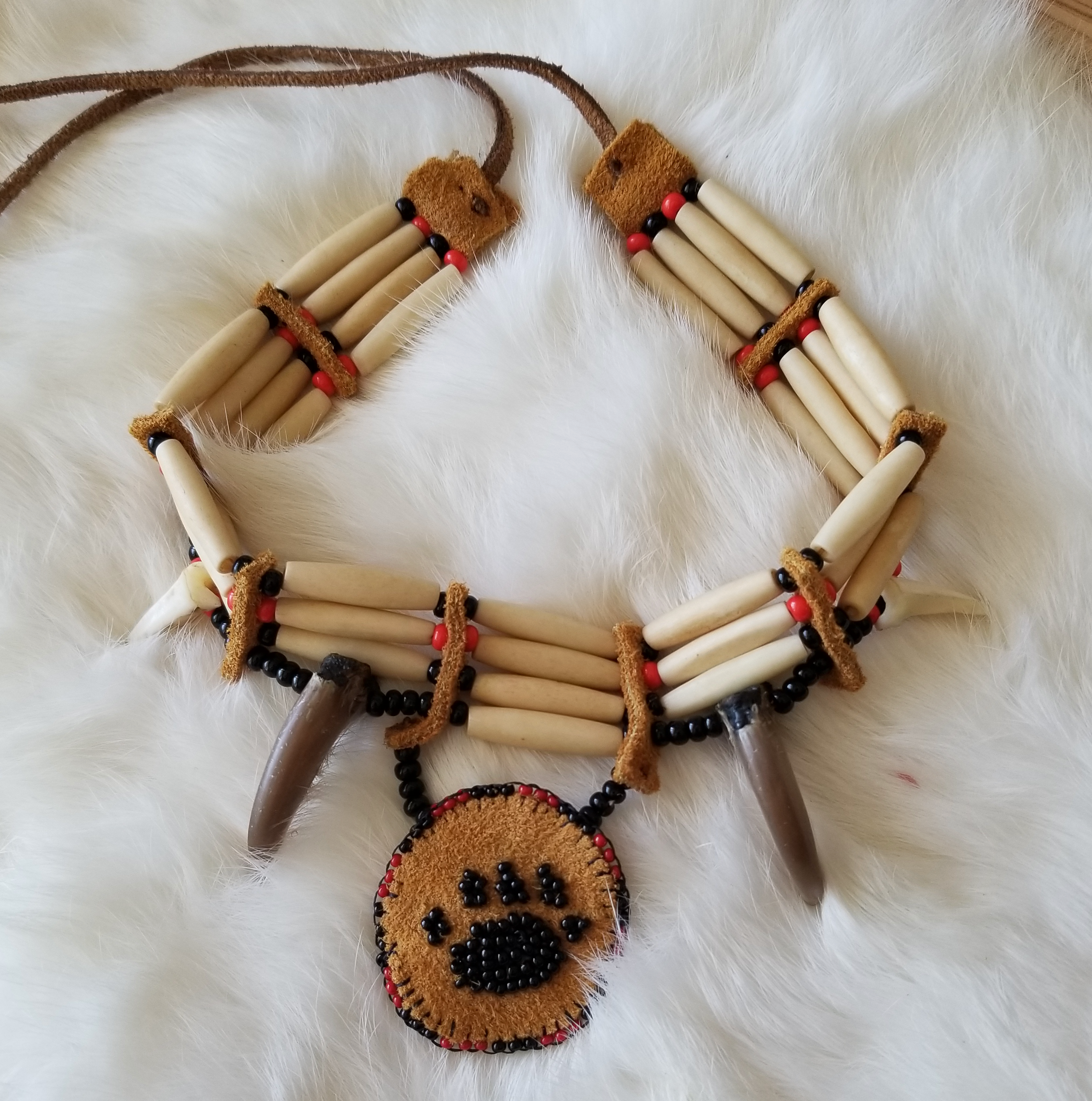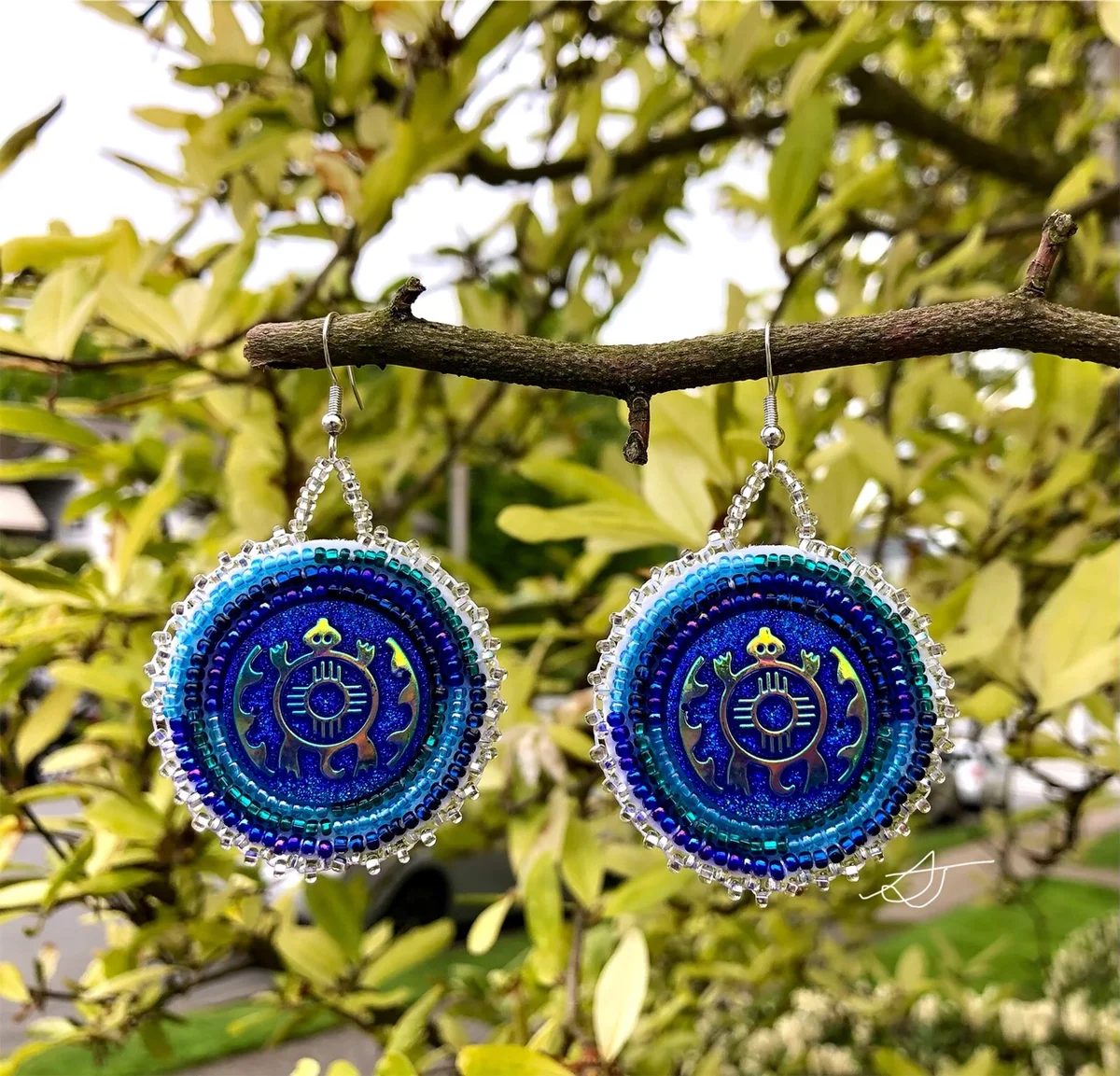
Even before the start of the pandemic, Indigenous students have been using traditional Indigenous beadwork to enrich their lives. But since the start of the COVID-19 crisis, beadwork has become an even stronger healing art.
The Ubyssey interviewed three Indigenous student beaders about their beadwork and what their work means to them: Josh McKenna, a Métis fourth-year media studies student and the video editor at The Ubyssey; Jayde Grimard, a Cree and Saulteaux fourth-year History student; and Summer Tyance, a fourth-year Anishinaabe student majoring in First Nations and Indigenous Studies. Tyance also goes by Niibin, which means summer in Anishinaabemowin.
What is beadwork?
Beading has a long history of artistic and cultural significance among Canada's Indigenous peoples. First peoples used beads in complex designs and for trade for centuries, long before Europeans arrived in Canada. Beads can be strung together, patterned onto material or woven on a loom into patterns. The possibilities for beadwork creations are endless: bags, earrings, brooches and intricate designs on moccasins and clothes.
Before colonization, Indigenous beaders made larger beads out of natural material such as bones and shells using wooden or stone tools. Later on, European colonizers brought smaller, brightly coloured glass and ceramic beads which became integrated into Indigenous beadwork traditions.
Though beadwork is a common thread among first peoples, different Indigenous peoples maintain diverse beading practices based on distinct cultural histories, and on which materials are available on their land.
Tyance’s Anishnaabe heritage impacts the material that she integrates into her beadwork.
“I can include items such as moosehide and birch bark [into my beading], which I usually collect from my own territories or harvest,” she said. Tyance also enjoys making pow wow-style earrings, ubiquitous in Anishinaabe circles.
McKenna always puts one off-colour bead in the flowers he crafts, a Métis-specific practice.
“This is the spirit bead, and it’s representative of our connection with the Creator,” said McKenna. “[An] informal nickname for the Métis people is the flower beadwork people.”
According to Tyance, beading “can really be a mix of things and a variety of things,”and so the artform is “something that has evolved, and [is] continually evolving.”
Staying connected and keeping culture alive
Although one could describe Indigenous beadwork as “a bunch of beads on a piece of animal hide of fabric [...] it’s definitely a lot more cultural than that,” remarked Grimard. For her, beadwork is special and meaningful because it’s a way for Indigenous people to keep their culture alive.
One way that beadwork keeps culture alive is through intergenerational knowledge transfer. Grimard began beading at age seven, when her stepmother taught her the art. She is extremely grateful that her beadwork connects her to her stepmom and late father.
While looking for an Indigenous community to connect with, Tyance first tried beading at age 15 or 16, after finding a learn-to-bead Facebook event. Tyance later got back into the art at UBC after getting involved with UBC’s Indigenous Leadership Collective.
McKenna picked up beading a little later, only really starting to engage in beadwork when the pandemic hit in early 2020. After initially learning how to bead from his mother and sisters, he quickly picked up the art and began spending much of his spare time beading. McKenna appreciates the link that beading gives him to his roots.
“[It’s] just a nice connection to those who came before for you,” he said.
For McKenna, beadwork also became a way to express something that can't be verbalized. As a Métis person, McKenna appreciates the way in which his beadwork provides him with a sense of connection with his culture and people, noting that the Métis have historically been “displaced all over the country.”
“[In] one way, [beadwork] is something that you can take with you anywhere and still feel that connection,” he added. “It kind of connects you physically, mentally, emotionally, spiritually.”
A healing art
Grimard noted the therapeutic aspects of her beadwork.
“There’s a saying: beading is medicine,” she said. “It very much is [...] When I’m feeling stressed, I’ll bead and the repetition of the bead, the actual beading processis really calming and helpful.”
Tyance also described how beadwork can act as medicine, both for the big wounds of intergenerational trauma and the smaller stresses of pandemic learning.
Tyance said that beadwork allowed her to slow down and practise patience at a time as stressful as the COVID-19 pandemic. “Being a full-time student and also working, it can be really hard to set aside time for art and enjoyment and even healing. So I think anything that can teach one patience is extremely healing.”
Beading is not without its challenges. “I've stabbed myself with a needle many times, I've dropped so many beads on the floor [too many times] to count, there's a lot of just trial and error,” Tyance recounted.
Through it all, beading has helped Tyance to develop patience by struggling through repeated obstacles. In the end, Tyance feels that the sense of empowerment and accomplishment one feels upon completing a beadwork piece reflects “the dedication and passion that goes into it.”
McKenna would do beadwork during some Zoom classes to help him better focus on lecture content. He also felt that even just knowing other beaders were engaging in beadwork during the crisis was comforting.
“[Even when] you're not physically in the presence of anyone else or you're not physically on your traditional lands [...] you know that people are doing it elsewhere at the same time as you and it creates those connections [in] that non-physical sense or that spiritual sense,” McKenna said. “That is really helpful for connecting you when you're being displaced by a pandemic.”
For McKenna, beadwork is an art that grounds him as a Métis person. Noting that a lot of Indigenous identity has been tied to tragedy, he finds it is important to find positive, joyful moments in beading.
“It’s a really special kind of art that just hits home in a way that nothing else really does for me.”
Sharing the artform in community circles and beyond
Both Grimard and Tyance participate in art trades, in which they swap beadwork, such as earrings, with other artists. Tyance also sells her work over Instagram or on her website from time to time.
In November 2021, McKenna wanted his beadwork, and that of his family members and friends, to reach a wider audience in connection with a meaningful movement, so he decided to organize a fundraiser for the Native Women’s Association of Canada on Louis Riel Day. Adorned with Métis flags and topped with beading creations of all types, the Louis Riel Day fundraiser table was a success, raising over $500.
After the fundraiser’s success, McKenna hopes to see this event to be an annual occurrence.
In the end, beadwork has been a meaningful and worthwhile pursuit for beaders at UBC like McKenna, Tyance and Grimard.
“Beadwork is [a] form of art, and another form of healing,” said Tyance. “It’s also just something for myself that I use to reconnect to my culture and to build community. And I think that's what beadwork is to me.”
Jayde Grimard’s beadwork can be seen on her Instagram page, here.
Summer Tyance showcases her work on her Instagram page, here.
You can find photos of Josh McKenna’s beading on his Instagram page, here.
Josh McKenna is The Ubyssey's video editor. He was not involved in the writing or editing of this piece.
A previous version of this story misspelled "Summer" in Anishinaabemowin as "Neven" when it should be spelled "Niibin." The Ubyssey regrets this error.
— With files from Lauren Kasowski.


